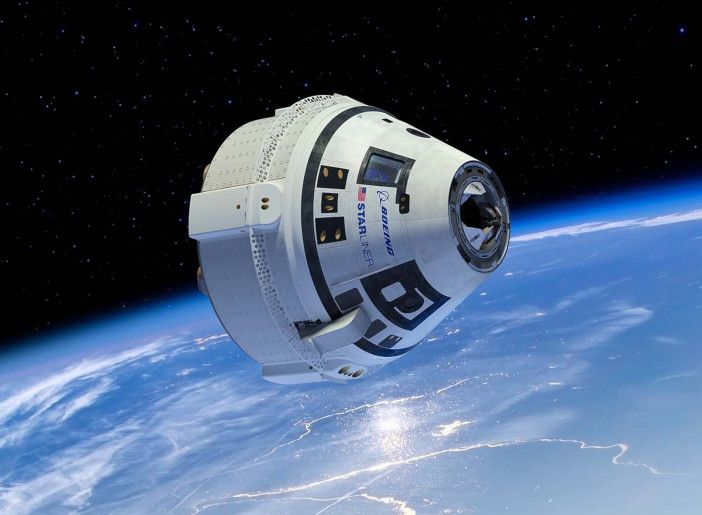Boeing has passed another milestone toward launching the Starliner space capsule after engineers conducted the fifth and final qualification test of the vehicle’s parachute system.
For the final test two parachutes were disabled on a Starliner test article that was dropped from a balloon at an altitude of 40,000ft. During a four-minute descent, the other parachutes deployed and the capsule touched down as planned at the US Army’s White Sands Missile Range.
White Sands will be a primary landing site for missions because Starliner will be the first orbital American capsule to land on land rather than water.
Boeing Starliner vice president John Mulholland said, “Safety for our astronauts remains our singular focus and this successful landing in a difficult situation affirms the deep commitment of everyone on the team. With their contributions Starliner will venture to the International Space Station later this year and safely return home.”
Each Starliner will carry more than half a dozen parachutes, which are manufactured by California-based Airborne Systems. Airbags made by Delaware-based ILC Dover will cushion Starliner at landing. Those airbags and other landing systems have already been qualified for crews by rigorous test programs.
During the latest test, one out of the two drogue parachutes and one out of the three main parachutes were intentionally disabled.
The first Starliner launch, from Florida’s Kennedy Space Center, is expected this summer. A United Launch Alliance Atlas V rocket will send an uncrewed Starliner to the space station for a week-long stay.
The company then plans to send Boeing astronaut Chris Ferguson, and NASA astronauts Mike Fincke and Nicole Mann, as the first crewed-Starliner flight before the end of this year.
Ferguson, Fincke, and Mann may be the first Americans launched from American soil since the space shuttle retired in 2011. Ferguson commanded that final shuttle mission. Also, Mann will be the first female astronaut on the first flight of a new space vehicle.





